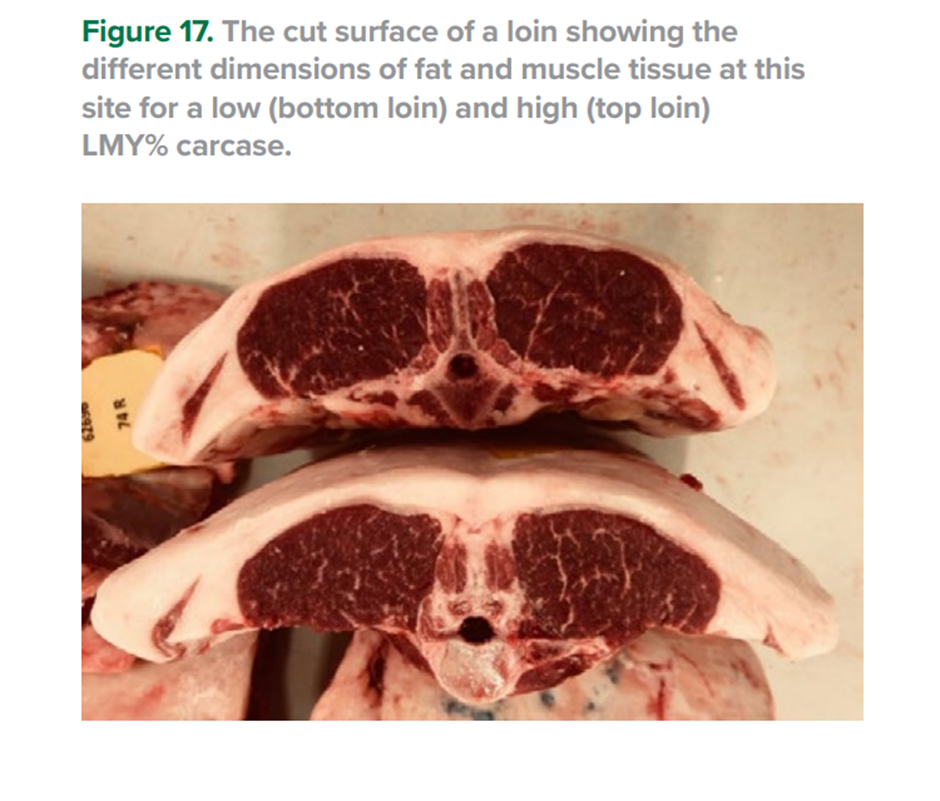Lean Meat Yield
The amount of meat recovered from a carcase is a key driver of profitability for sheep producers, processors and retailers. The measure of this which has been adopted as a standard is the percentage yield of lean meat (LMY). This is focussed on lean meat rather than saleable meat to allow for different levels of trim.
Lean meat yield is expressed as a percentage (LMY%) so that it is independent of variation in carcase weight. Lambs with greater LMY have more muscle and less fat. It is currently estimated from hot standard carcase weight (HSCW) and fat depth at the GR site (ribs). Industry is moving toward far more accuracy using a dual x-ray (DEXA) system. Unfortunately, there is a negative relationship between LMY% and eating quality so research is also underway to develop objective measurements of quality. LMY% and eating quality are affected by both nutrition and genetics so producers will be able to make informed management decisions as this information becomes available.

Further information
- The on farm impacts on meat eating quality shows how Age at slaughter, nutrition and genetics impact on the quality of meat.
- When choosing sires, select for a combination of high growth and lean meat yield (rather than just one or the other being high) and also select for lower fat.
- Quality sheepmeat is more important for lamb finishers to source lambs with superior genetics for growth than lambs that have been on good feed.
- MSA Lamb & Sheepmeat
- Meat standards Australia (MSA) for Sheep Meat
- MLA Updates 2022 – MSA sheepmeat
